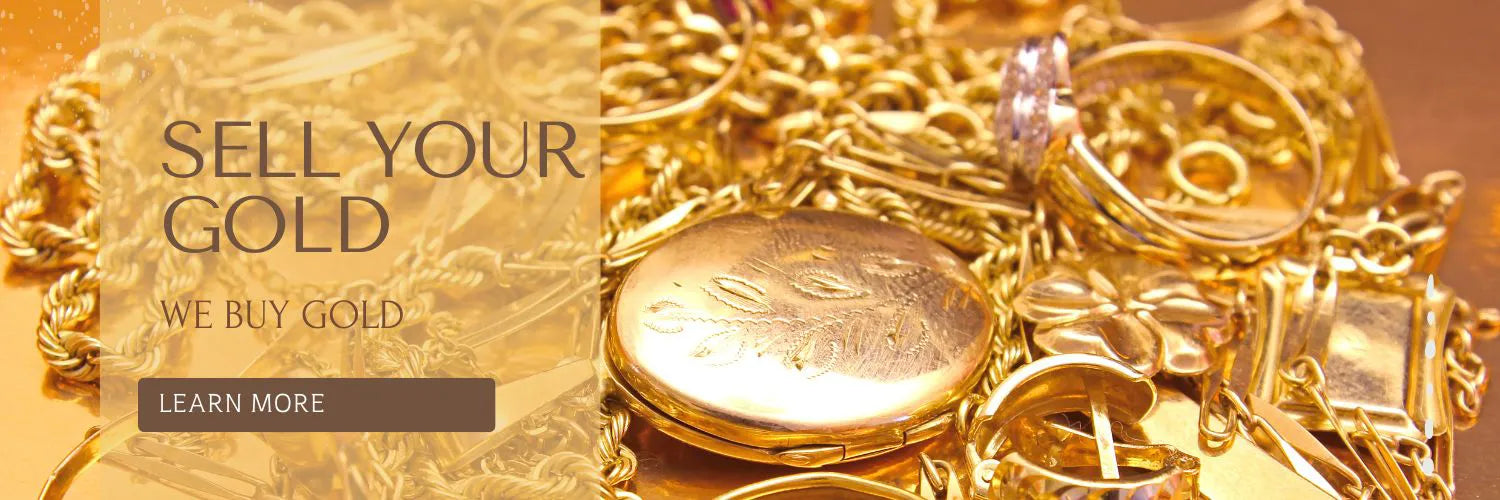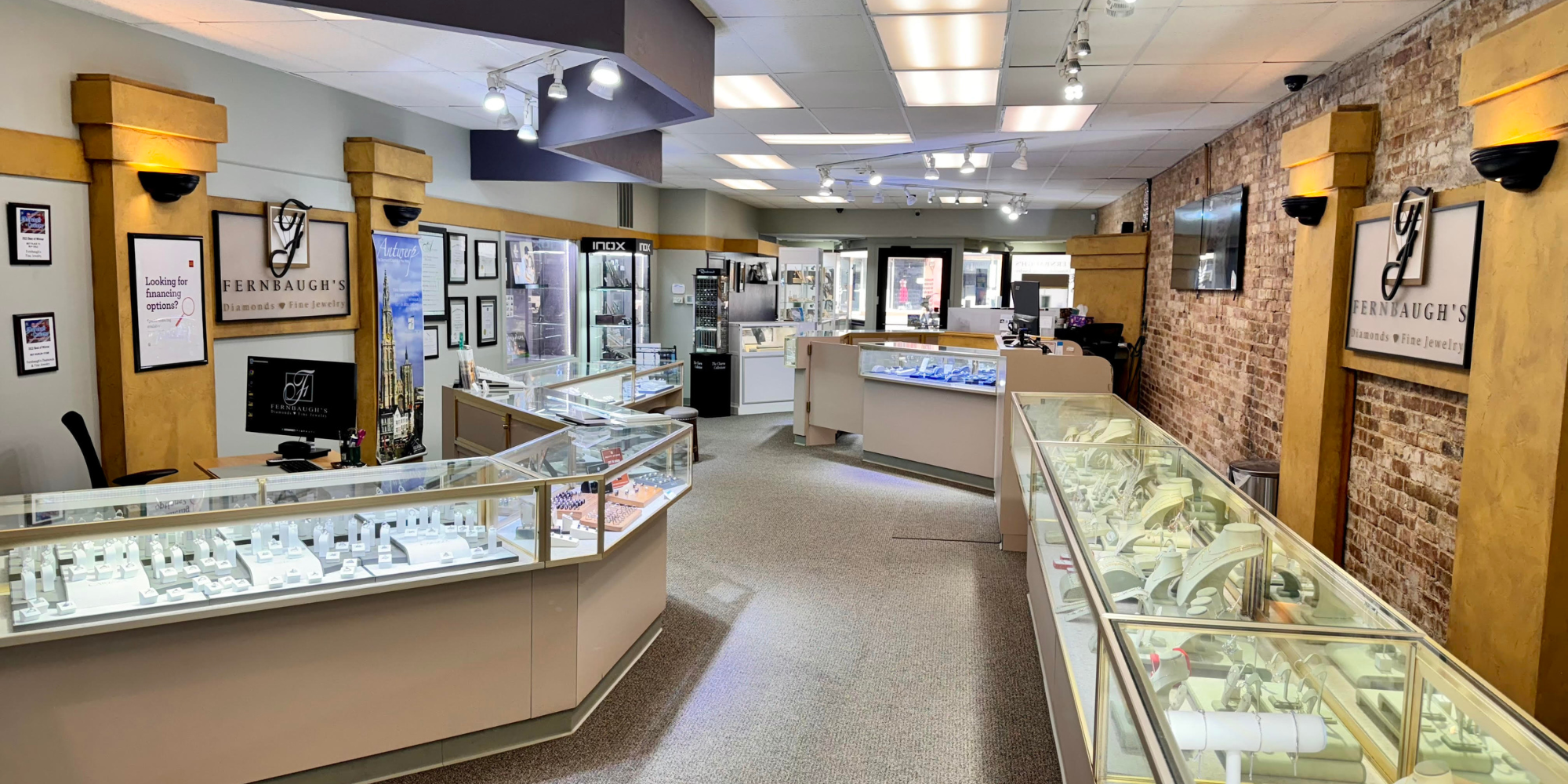By: Morgan Garrison
Welcome back for the second installment of our Birthstone of the Month series. This month we’re taking a look at February's gem, Amethyst! The purple variety of quartz, Amethyst was once as expensive as Rubies, Emeralds, or Sapphires. But when large deposits were discovered in Brazil in the 19th century, abundance drove the price down. Amethyst may no longer be considered as valuable as other gems, but they’re no less precious to us!
Amethyst can vary in color from light, pastel purples to deep, royal purple. The finest varieties are a reddish-purple to dark purple. Amethyst also commonly shows “color zoning,” which is when different areas of the stone are different shades of purple. Inclusions in an Amethyst stone are hard to spot, most can’t be seen with the naked eye. They can be cut and calibrated into the standard shapes.

Amethyst crystals can grow to be larger than the people mining them. The Gemological Institute of America’s museum once had one that weighed 164 pounds. Geodes in South American mines can grow so large that an adult can stand up inside them. This geode at the American Museum of Natural History in New York is 12 feet tall. Since the crystals can grow so large, cut Amethyst stones also come in a wide variety of sizes.
Most Amethyst today comes from South America, particularly from Brazil and Bolivia. The Anahi mine in Bolivia actually has a cool history. Named after an indigenous princess, the mine was given to a Spanish conquistador as dowry for marrying her in the 1600s. Because of its remote location, it was forgotten for three centuries until it was rediscovered in the 1960s. Amethyst can also be found in Arizona, Zambia, and Russia. Before the Brazilian deposits were discovered in the 19th century, most Amethyst came from Russia. In fact, Amethyst was a known favorite gemstone of Catherine the Great, Empress of Russia.
Before it was a favorite of royalty, Amethyst was treasured by the Ancient Greeks. The myth says that one of the Titans gave the god Bacchus Amethyst to restore his sanity. Bacchus also happened to be the god of wine, so the Greeks believed that wearing Amethyst would cure or prevent drunkenness. Even the name Amethyst comes from the Greek amethystos meaning a cure for drunkenness. Its wine-like color only helped to strengthen this belief.
The Greeks also thought wearing Amethyst could keep one clear-headed and quick-witted in battle and business dealings. Renaissance Europeans believed it could cool down an overly passionate lover. These traditional beliefs about Amethyst have followed it to modern times. Nothing has been medically proven, but today many people wear Amethyst for its alleged ability to bring serenity and calm anxiety. It’s also said to help open the “Third Eye,” the chakra associated with power and wisdom.
Whether Amethyst is your birthstone or you just love purple, we’re sure to have a piece you love at Fernbaugh’s. If your loved one wants something simple, perhaps these classic white gold stud earrings featuring an oval cut stone.

Or maybe our “This is Us” line, each piece of this line is available in all 12 birthstones in silver or gold plated. Necklace, earrings, ring, and additional slide-on charms are sold separately.






Or this vintage inspired Amethyst and diamond ring with an antique square clover center stone.


https://www.gia.edu/amethyst/gem-overview
https://www.gia.edu/amethyst-history-lore
https://www.gia.edu/birthstones/february-birthstones
https://www.healthline.com/health/amethyst-healing-properties#claims-of-amethyst-benefits
https://www.amnh.org/about/press-center/amnh-to-design-all-new-halls-of-gems-and-minerals






